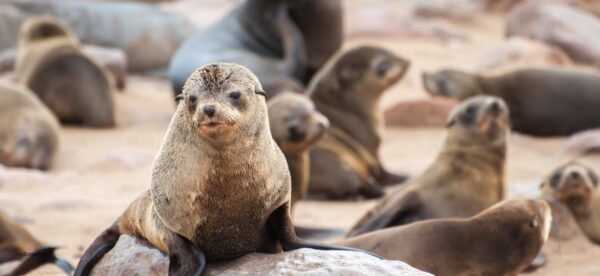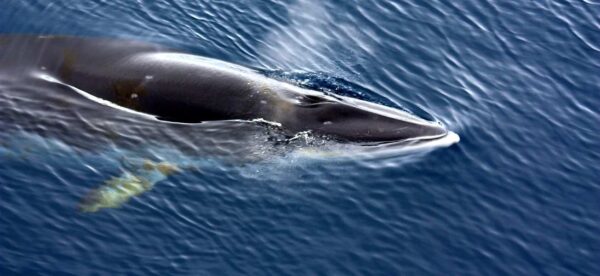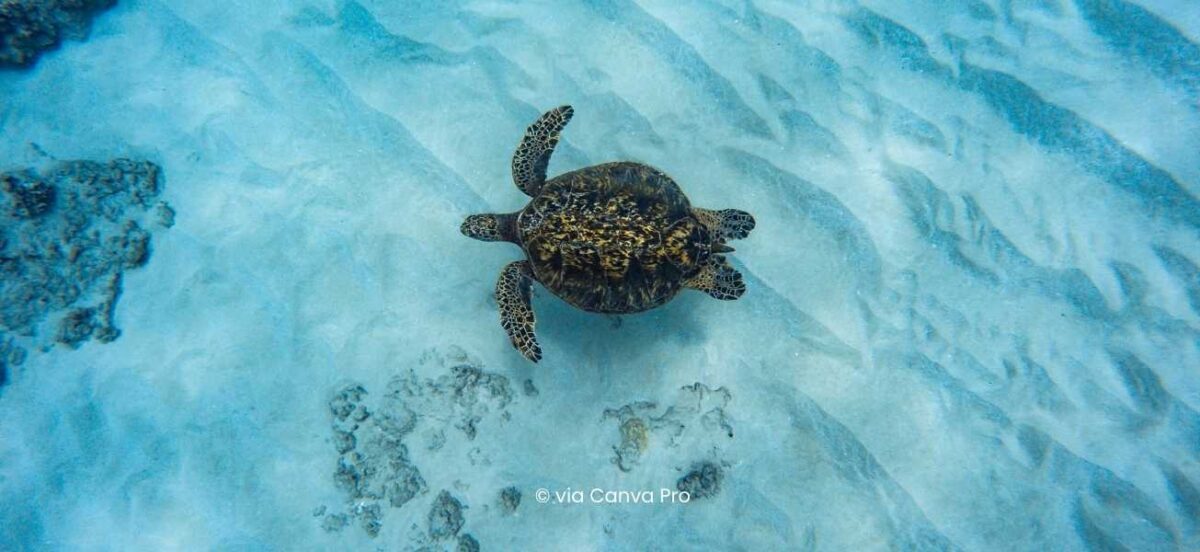Amid ongoing challenges for our oceans, it’s easy to feel overwhelmed. But change is happening for marine life, and we’re here to share a few reasons to stay hopeful.
1. Superpod of over 2,000 dolphins spotted in California
In an extraordinary display of ocean life, a superpod of more than 2,000 dolphins was recently sighted off the coast of California.
The event, captured by Monterey Bay Whale Watch, included Northern right whale dolphins and Pacific white-sided dolphins. Among them were many calves, suggesting a strong and thriving population.
Scientists are still investigating why these massive gatherings form, but one thing is clear: moments like this remind us of the beauty and energy of life in the wild and why it’s worth protecting.

Photo credit: Canva Pro
2. Fur seal pups make a record comeback on the Farallon Islands
More than 1,200 northern fur seal pups were born this season on the Farallon Islands, the highest number ever recorded at the site.
Once decimated by commercial hunting in the 1800s, the Farallon Islands were first protected in 1915. Today, over a century later, they’re a sanctuary for marine mammals, with conservation efforts delivering remarkable results.
These playful pups are a testament to the power of long-term protection and the resilience of nature when given the chance to recover.

Photo credit: Canva Pro
3. The North Sea is showing signs of marine recovery
The North Sea, one of the most heavily used marine regions in Europe, is beginning to show signs of ecological recovery.
Marine protected areas and stricter fishing regulations are starting to pay off. Grey seals are thriving, and sightings of bottlenose dolphins, minke whales and even humpback whales are becoming more frequent.
It’s a clear sign that protecting marine ecosystems can lead to meaningful change and help reverse the damage caused by decades of exploitation.

Photo credit: Canva Pro
4. Humpback whales are singing more
A recent study by researchers at the Monterey Bay Aquarium Research Institute has found that humpback whales are singing more frequently than they were six years ago. In fact, the number of days humpback songs were detected nearly doubled over that time. Researchers used underwater microphones to monitor whale vocalisations across the Pacific. They discovered that the increase in singing was closely linked to improved foraging conditions, with rising krill and anchovy populations giving humpbacks more reason to sing.
This finding not only signals a healthier ocean environment but also highlights how acoustic monitoring can help track changes in whale behaviour and ecosystem health. It’s another promising sign that marine life can adapt and thrive when their habitats are protected.

Photo credit: Canva Pro
Why these stories matter
These aren’t just feel-good headlines. They’re real-life proof that when we act, we can make a difference. Every regulation passed, every protected area secured, and every individual who speaks up helps create a better future for the ocean.
These wins remind us why we keep fighting to protect marine life and end cruelty in the dolphin trade. They also show that this work is worth it, and that progress is possible.
If you’d like more good news like this, plus updates on what we’re doing to protect dolphins and other marine animals, we’d love for you to join our mailing list.
Sign up to hear more stories of hope, and find out how you can help protect the ocean.
Keep informed on the risks faced by dolphins and small whales, and the global efforts to protect them.Subscribe to our newsroom
